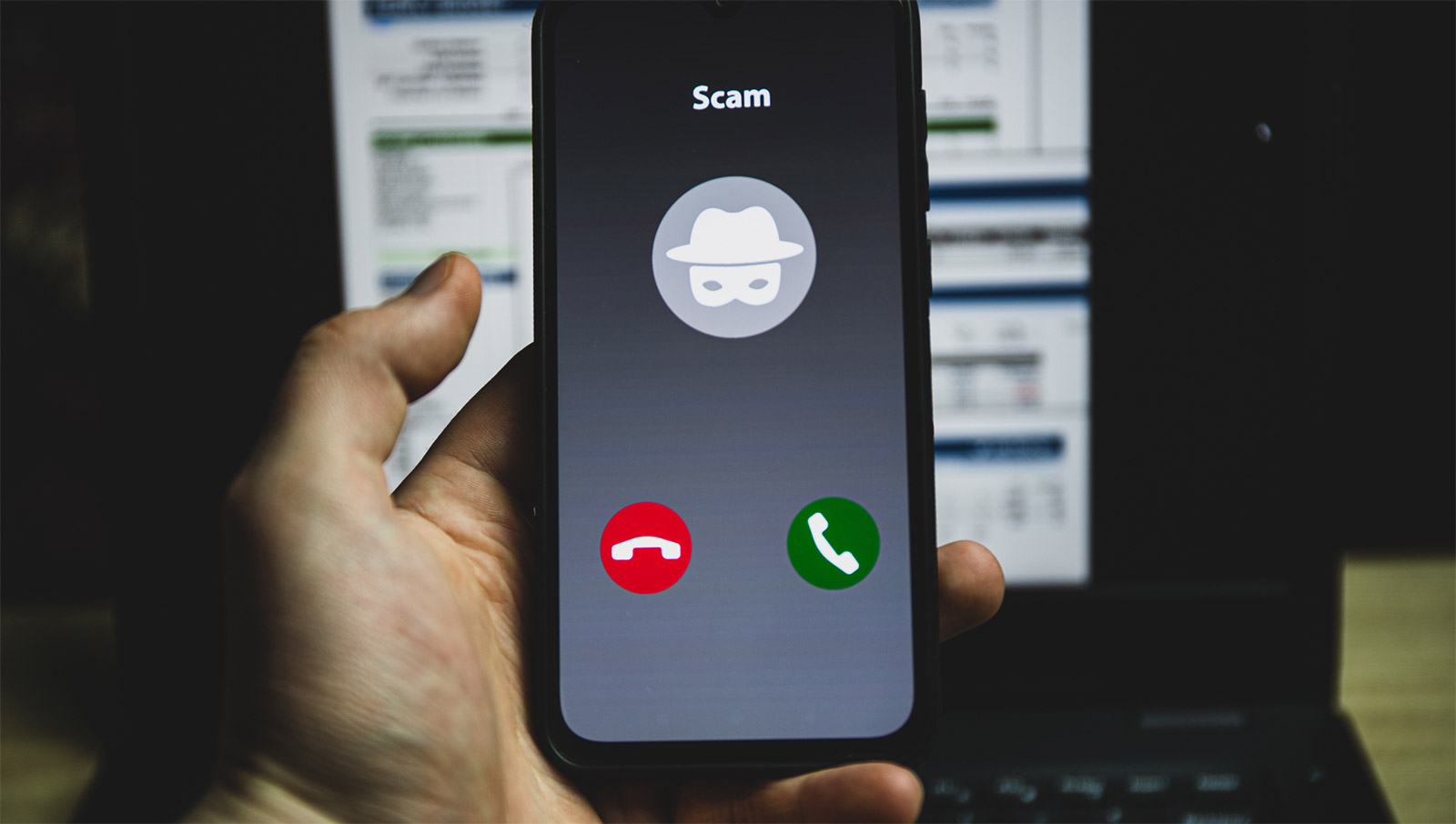A recent article highlights the challenges associated with 2 factor authentication. (https://bgr.com/tech/hackers-are-stealing-2fa-codes-with-terrifyingly-effective-voice-bots/)
The article states: “Unique passwords and 2FA/OPT aren’t enough, as hackers have found a clever way to trick you into giving them that unique code they need to break into your account.” The hackers allegedly use voice-bots to trick people into revealing the sensitive code that enables 2 factor authentication.
This leads to a massive problem across billions of people: how do you know that the voice on the other end of the phone is human and more importantly, legitimate? This is sometimes called “proof of life” and it’s a growing concern amongst cybersecurity professionals and those fighting fraud around the globe.
ValidSoft has spent years developing the most advanced (and proven) voice-based authentication solutions that can help address this exact situation. While fraudsters, including bot-based attacks aren’t going away anytime soon, voice-based authentication can be layered in with other 2factor (2FA) and multi-factor (MFA) authentication approaches in order to make them much more secure by proving “proof of life” on the other end of the phone.
The potential applications are great, from banking, to call centers, and maybe even to telemedicine and some point. Voice-based authentication is extensible. It can be used anywhere on earth. It is not dependent on a device, a network, possession or knowledge-based factors. It is immune to spoofing, replay attacks, man-in-the-middle, intercepted encryption keys, and most importantly in this scenario, handles deep fake attacks.
Even if someone were to access the encrypted ‘voice-print’ (unlikely), there is nothing they can do with it. ValidSoft’s sophisticated approach denies the adversary any ability to use this data for harm. And, we’ve perfected the art of decoupling personally identifiable information (PII) and also discard any extraneous data associated with the voiceprint, ensuring privacy for the end user and compliance for the organizations using voice-based authentication.
While this is not a simple problem to solve at scale, solutions, like ValidSoft, are available today and go a long way towards ensuring that we can “trust but verify” the voice on the other end of the phone.
Like this post? Spread the word!



